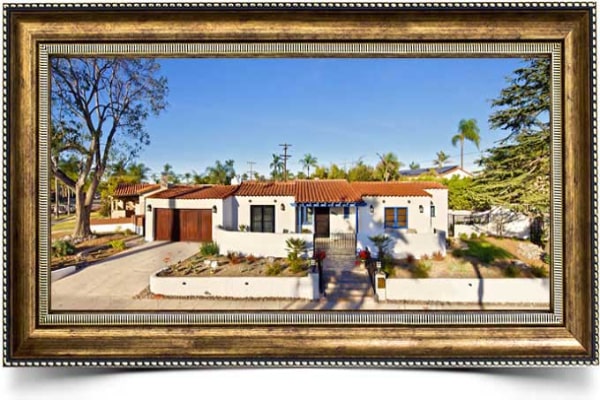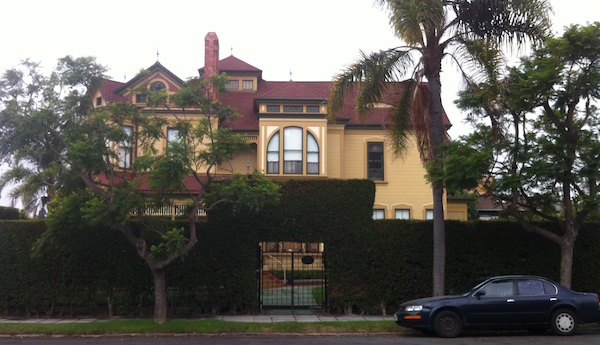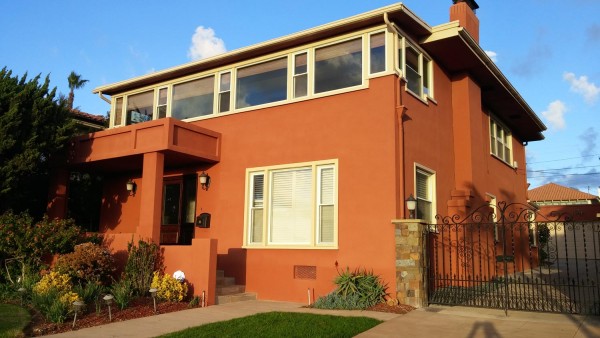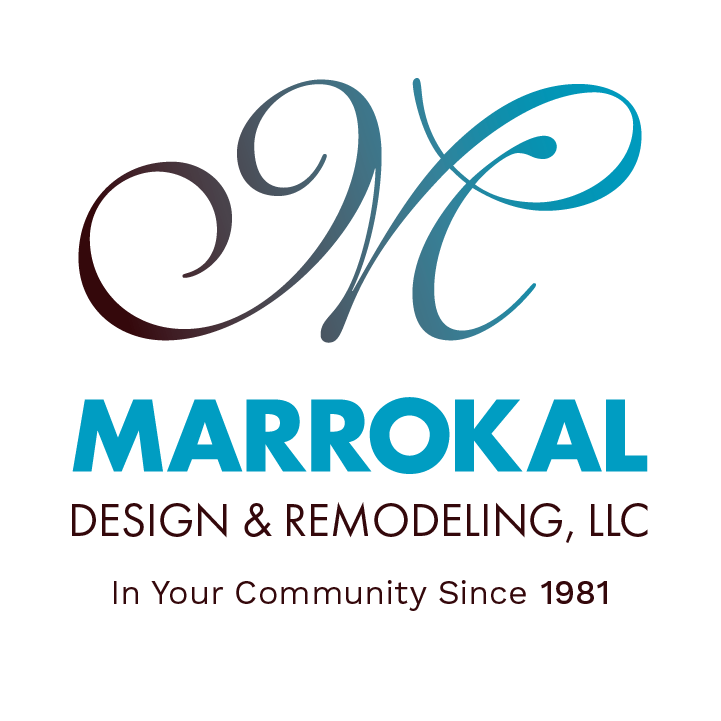
If you live in an old or historic home, then you know the challenges but also the importance of preserving it.
Preserving old or historical homes is like capturing a moment in time that tells a story from that period that would otherwise be forgotten. If the home is transformed into a modern day house, its historic significance is, perhaps, lost forever–a tragedy not only for the homeowner but also for a community as well.
But taking on the task of restoring, rehabilitating, or renovating an old or historic home involves careful planning and in-depth research of the home. When the home is preserved and/or carefully remodeled to keep its authenticity, the benefits bring value to the home and the community.
“There are a number of recognized community benefits such as retaining community character or sense of place, the continuation of embodied energy (which is often understood as the loss of human and mechanical energy when a building is demolished), architectural diversity, and rise in property values,” says Amie K. Hayes, historic research specialist, Save Our Heritage Organisation (SOHO).

How To Remodel Historic Homes
Start by learning as much as you can about the home. SOHO says, homeowners can visit the California Historical Resources Inventory Database (CHRID) online and type in a specific address to see if it is registered as a historical property.
Currently in San Diego there are more than 1500 historical sites listed, either on their own or as part of historical districts.
Hayes suggests that homeowners who are new to historic preservation learn about the historical context that brought about development of their property by looking into its construction permits, architect or designer, and original owners.
What makes a property historically significant in San Diego?
The City’s Historical Resources Board uses a specific set of criteria to determine eligibility of a home. A historical study, usually prepared by the homeowner or a historic consultant, is submitted for the home’s historical designation. A public hearing is scheduled and the home’s historical status is established by a specific designation vote by the City’s Historical Resources Board.
How to protect a historic home.
Local historic designation is the first thing a homeowner should strive to attain in order to protect a historic home from inappropriate changes and/or demolition. Hayes says the local designation provides the most protection. “This type of municipal policy does not allow for demolition, and any changes to a designated historic resource are then required to meet the Secretary of the Interior Standards for preservation,” says Hayes.
How to remodel a historic home.
“SOHO encourages homeowners to live in their historic buildings for at least one year before doing any remodeling, to learn how the house lives and breathes with each season,” says Hayes.
There are many things to consider when preserving the home. What should be demolished? What should be restored? How can your historic home reflect the time period in which it was built yet still have some modern conveniences…yes, indoor plumbing is a must for most of us [repeat of a paragraph above]
“Materials often expand and retract with moisture; the sun will highlight different areas at various times of the year, and foliage or vegetation can often impact the interior temperature of a building,” explains Hayes.
Choosing the right contractor for your historic home remodel.
“When considering a remodel, [homeowners] should identify the character-defining features (such as roof pitch, exposed rafter tails, and window pattern) and aim to retain these features as much as possible, while differentiating the new from the historic,” says Hayes.
Look for remodeling contractors and architects that have expertise with historic remodeling. Make sure they understand the goal is to preserve the home’s authentic state. “Additions or second stories should be unobtrusive, set back from the main facade, and not compete with the historic resource,” adds Hayes.

To learn more about historic homes visit the SOHO website.
Homeowners who remodel and preserve historic homes can sometimes receive a federal tax credit. Although, the rules can be complicated and often apply to homes that are being used for commercial or rental use, it’s still worth checking to see if you qualify. Learn more.
In this video episode of Your Remodeling News: Historic homes can be very charming but often homeowners find they need a little remodeling to make them feel like home. Whether it’s adding space or fixing up the home, renovating older homes requires an understanding of the neighborhood, the architecture, and the needs of the homeowner.
Phoebe Chongchua of Live Fit Magazine, takes us inside two older homes that Marrokal Design & Remodeling completed in North Park to see how each home’s authenticity was preserved during the remodel. See how the homeowners worked with Marrokal by adding their own unique touches to complete their perfect remodel.
Photo credit: Timken By Ric Carson – Own work, CC BY-SA 3.0.
Learn decorating tips for historic and older homes, read more.






